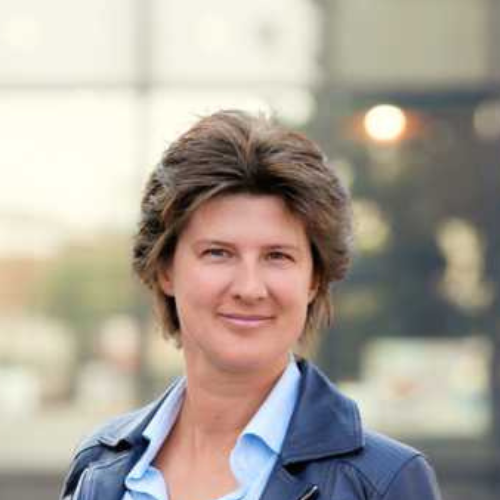
Mirjam Nelisse

‘Risk analysis will always be people’s work.’ If you want to analyse the safety risks and reliability of infrastructure, go to Senior Consultant Mirjam Nelisse. As strange as it may sound, 100% safe infrastructure is not the aim.
Infrastructure must be safe. The lower the probability of fire, explosion, collision or collapse, the better. This also applies to the possible consequences of a calamity. Calculating probabilities and analysing the possible consequences, that's what I do.
Statistically there’s no such thing as 0% probability of accidents. Nor is that the aim. Reducing the number of road accident victims to a few hundred, for example, can often still be done, but to prevent the final victim could cost billions. The results of my analysis provide the authorities with a framework to take action where the risk is highest.
Tunnel fire safety
My interest in the safety of infrastructure was shaped at TU Delft, where I studied Technische Bestuurskunde (Systems Engineering & Policy Analysis). I found the interplay of technical optimisation versus societal impact a fascinating field at the time. My graduation project centred on the safety of the Westerschelde Tunnel.
At a symposium on tunnel safety I was 'scouted' by TNO, where I was able to start working on a number of major European research projects once I had graduated. In the course of time I broadened my horizons. Not only fire, but also collisions and explosions, for example. And besides tunnels also bridges, locks, storm surge barriers, stations: you can’t imagine the variety.
Economic consideration
A major project I’m currently working on concerns bridges. In calculating the risk of collision, it is assumed that a huge ship will collide with the bridge at high speed and with a worst-case collision angle. However, the likelihood of this happening is very small and the costs involved in avoiding this scenario are high. It is interesting to investigate what happens if you increase the tolerable risk by accepting damage from the small probability, high impact scenarios.
This means that the construction of a bridge needs to be less robust, enabling more to be built for the same amount of money. This is an important consideration when you take into account that many bridges in the Netherlands are currently on the list for replacement.
Sometimes projects come along that are so unique that my heart skips a beat. Such as analysing the safety risks of seaweed cultivation at an offshore wind farm and of illegal cannabis cultivation in the city. My interests are broad and I see this as a unique opportunity. You sit around the table with a completely different group of people, which can be the beginning of something new.
People work
Infrastructure and means of transport are becoming smarter all the time. You may not be able to imagine it now, but in the near future they will set off the alarm themselves in the event of calamities. If a car has a collision in a tunnel, those involved won’t have to wait for someone in an operating room to call 112. Emergency services will know immediately where they need to be. Smart mobility is going to change a lot. Risk analysis, however, will always be people's work.
Delft - Molengraaffsingel
Molengraaffsingel 8
2629 JD Delft
The Netherlands